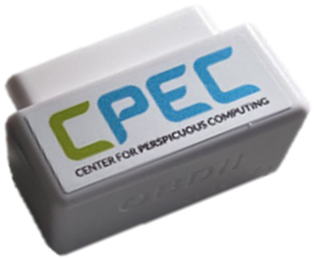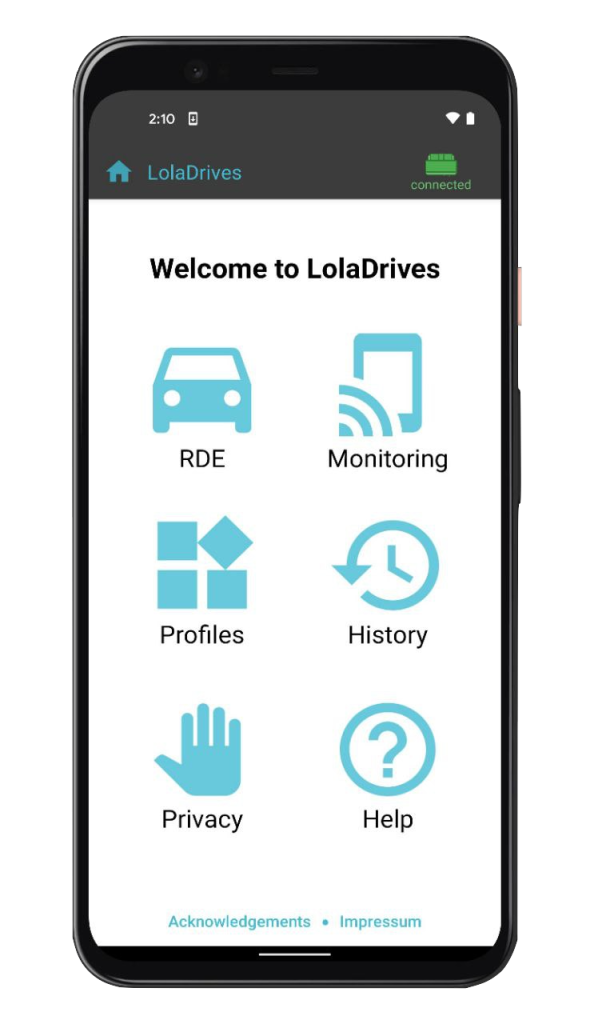

Since the diesel emissions scandal, it is well known that software behaviour in daily use may not be in the interest of the user, nor of society at large. Fraudulent exhaust emission cleaning systems exploited the fact that it was easy to identify highly deterministic emission tests by software. In response, Real Driving Emission (RDE) testing is nowadays defined in admission regulations for passenger cars around the world. These regulations define constraints on driving behaviour and dynamics that together determine whether a trip on public roads qualifies as an RDE test and whether the car passes that test.
Yet, these regulations are quite complex, and the distinction between legal vs. illegal emission behaviour they entail is incomprehensible and inaccessible to lay users. How to put users in a position to assess what is going on in their own cars? In CPEC research spanning Projects C1, C2, C3, and E4, we developed the LolaDrives app, which is available free of charge for Android smartphones. LolaDrives enables lay car owners to perform RDE tests and hence understand the exhaust emissions of their diesel cars.
LolaDrives achieves this through a formal specification of the regulatory constraints together with a correct-by-construction runtime monitor. It reads the car’s on-board diagnostic information (OBD) and combines it with location data provided by the phone’s GPS service. It requires only an off the shelf Bluetooth-OBD-adapter (available for approximately €10), an external emission measurement device is not necessary. While driving, the app displays diagnostic information to the user, both regarding the correct execution of an RDE test and the car’s emission data. The data streams are recorded for later diagnosis by the user, and an upload facility for donating drive records is provided. Since the app’s launch in fall 2021, we have collected more than 600 donations.
